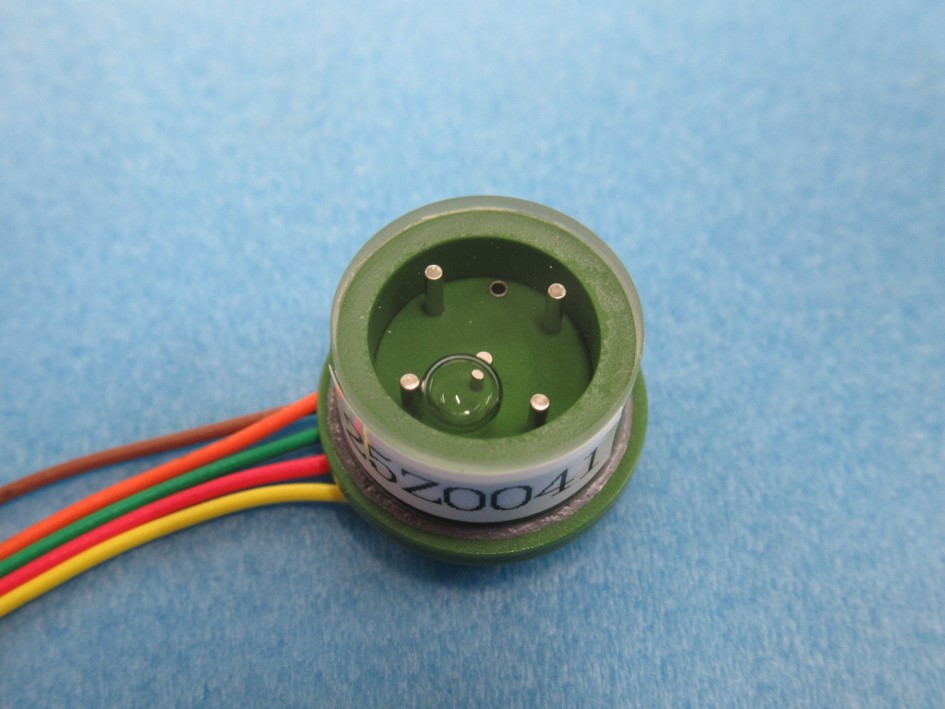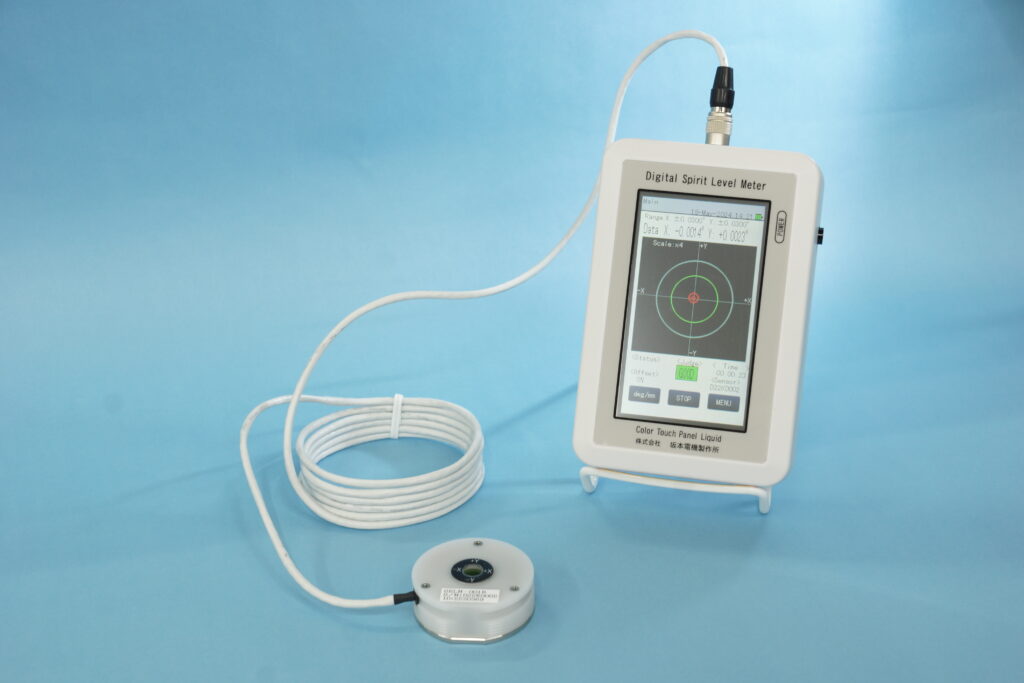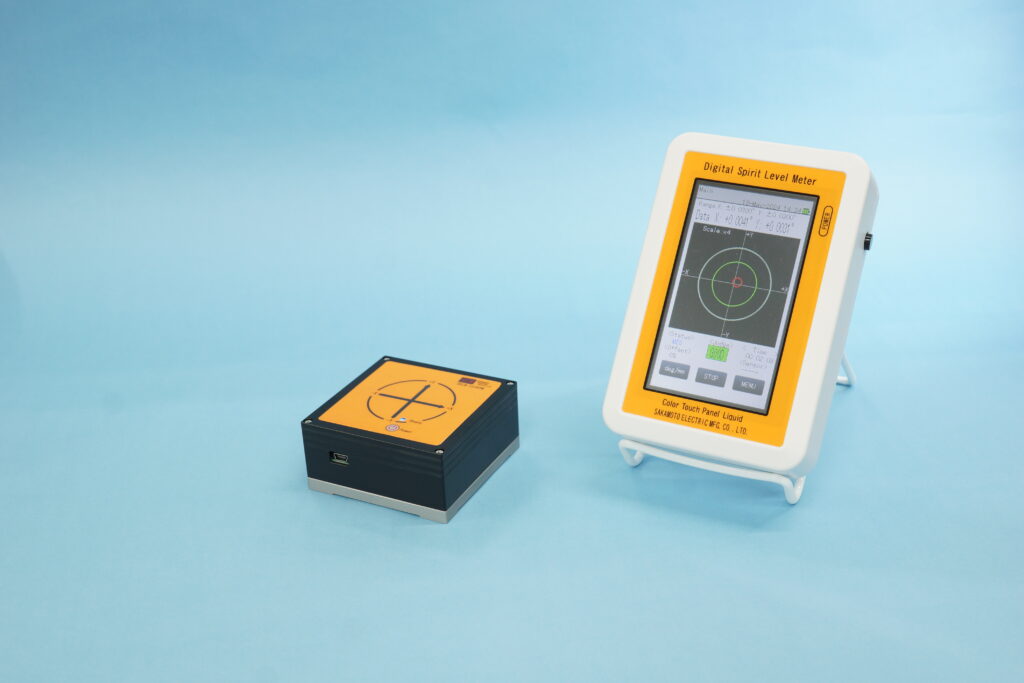Blogs
2024.09.18
MEMS and Digital Spirit Levels
A level is a tool for measuring the level and is a sensor that detects minute inclination to the horizontal. Since it detects minute gravitational acceleration, it is a one of acceleration sensors, and there are several types of acceleration sensors.
Our sensor is called a bubble-type digital spirit level, which consists of a bubble in a liquid. There are gimbal type, laser type, capacitance type, MEMS type, and so on in the world, but we would like to explain the difference between our bubble type digital spirit level and MEMS type which is said to be small and light as well.
MEMS method
MEMS stands for Micro Electro Mechanical Systems, which combines not only electronic circuits but also mechanical elements such as sensors and actuators on a single silicon substrate. Since semiconductor process technology is used for processing, it is possible to create very fine mechanical elements and electronic circuits at the same time, making it possible to create a complete system in a small size.
Commercially available MEMS sensors include temperature sensors, pressure sensors, acceleration sensors, gyroscopes, and others. The MEMS sensor has the following features.
<Advantages>
Small size, light weight, low cost (for mass production), low power consumption, high responsiveness
<Disadvantages>
High cost (development cost), difficult to achieve high accuracy, difficult to handle temperature characteristics


On the other hand, our bubble-type digital level has a structure with liquid and bubbles inside a glass tube. Pins stands inside the glass tube, and the position of the bubble is detected electrically, making the conventional analog bubble sensor digital. The features are as follows.
<Advantages>
High accuracy, fine level detection.
<Disadvantages>
Compared to MEMS type, it is larger, heavier, and has a narrower measurement range.
If we were to choose one of the above methods, we would choose the following.
The following is a comparison of the two as small levels.
When accuracy is required ⇒ Bubble digital level
When a wide-angle range is required ⇒ MEMS sensor
As mentioned above, a bubble digital level is more appropriate when a small, lightweight sensor is used to produce a level with a high degree of accuracy.



